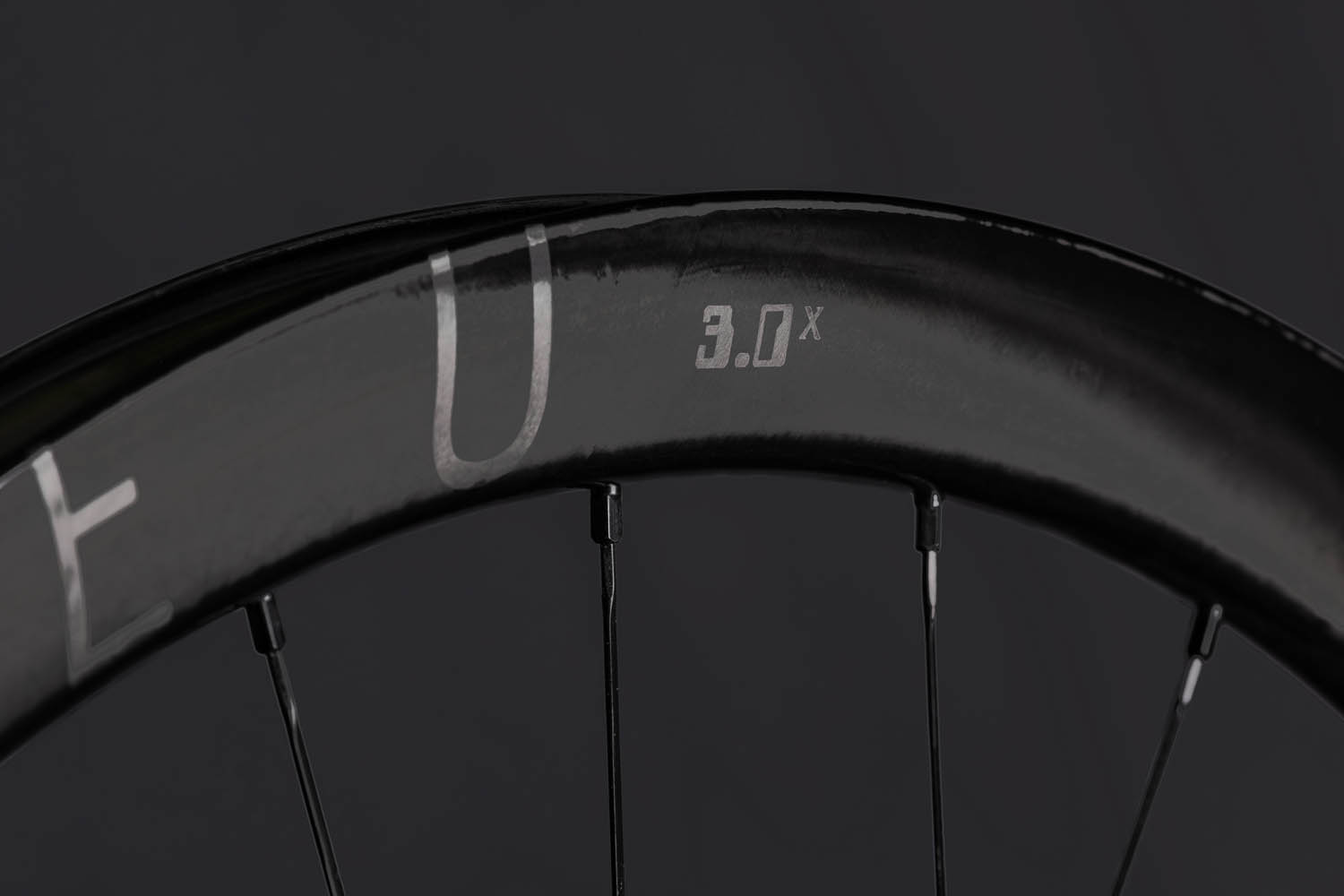
Steve The Intern
Origin Story: Rodeo 3.0X wheels
- ,
- , Gear
We’ve just launched our latest labor of love, the Rodeo Labs 3.0X wheels (and rims). I think it is safe to say that everyone here at The Lab is proud of the work that went into getting these right, and even more so, the performance of the final product. Having put more miles on these rims and wheels than anyone else so far, I thought it would be helpful and informative to share my personal thoughts and reflections on them. This journal entry isn’t intended to be a review. How could it be? I own the company and I’m undoubtedly biased. But at Rodeo we strive to maintain a high level of transparency and pragmatism about the products that we make, so everything that I share here will be absolutely genuine.
Why the new rim?
If it were up to me we probably wouldn’t have developed a new Rodeo Labs rim at all. On a product level I understand deeply that people want new things to get excited about, and we had not updated our 700c 2.0 rim for about seven years. But I’m also really turned off by unnecessary consumption in general. I don’t take it lightly that merely telling people that a new product exists causes a wave of anxiety and insecurity that we, as consumers, might be using something that is outdated, or worse: We might be using something that is giving less than the maximally good experience on any given ride. A high level theory that I have about cycling in general, is that after the immediate placebo of gear newness wears off, and after the dopamine of a major purchase wears off, most of us can’t actually sense the differences in quite a lot of bike gear that we use once we’re thirty minutes into a great ride and our senses are co-opted by something even more powerfully motivating: The true joy of riding a bike.
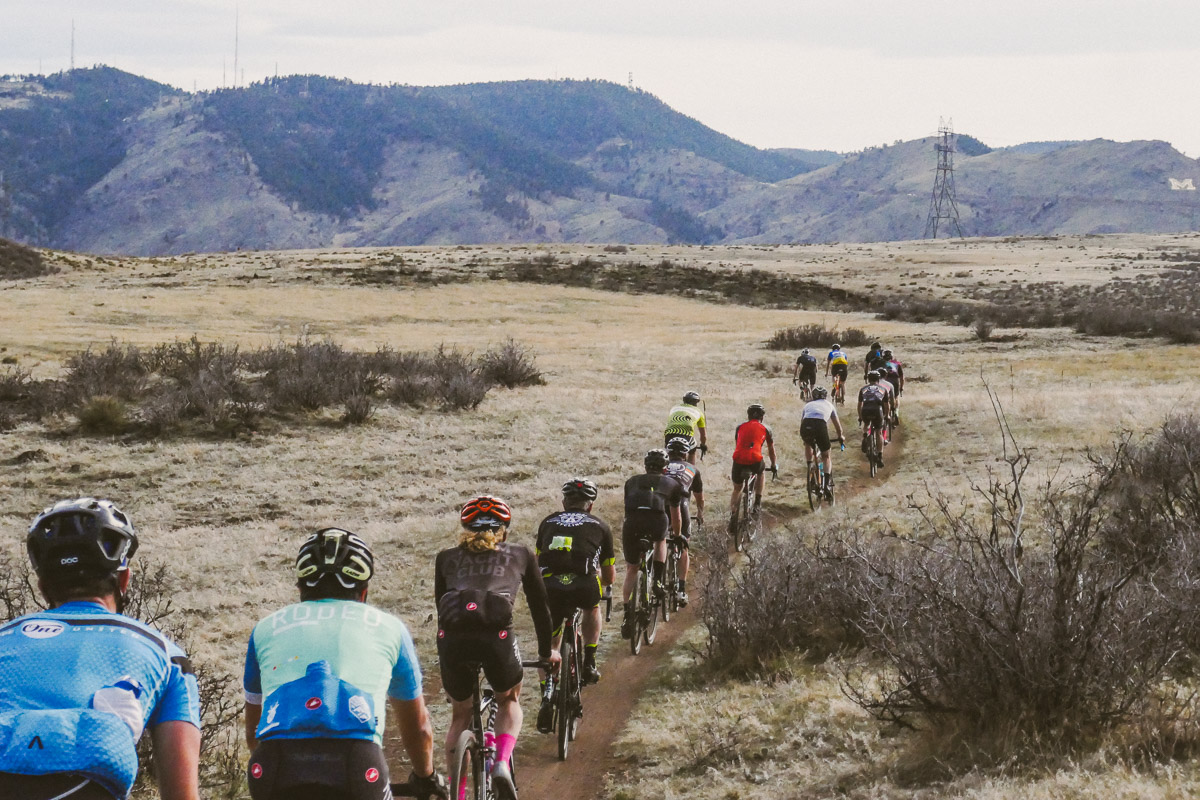
Our 2.0 700c and 650b rims are by far the most simple, dependable, and reliable product that we’ve ever offered at Rodeo Labs. Full stop. They get the job done so well, and have done so for so many people over the years. Around here we love our rims for what they aren’t: Needy, complicated, fussy, or fragile. To me a great bike rim is first and foremost about reliability, and durability. Yes, of course weight matters, and I very much like to ride light wheels, but a light wheel is nothing if it fails when the going gets tough. Our 2.0 rim designs haven’t changed since the day we cut our first molds, and are being ridden every day by a lot of satisfied riders, myself included. So, again, why the new rim?
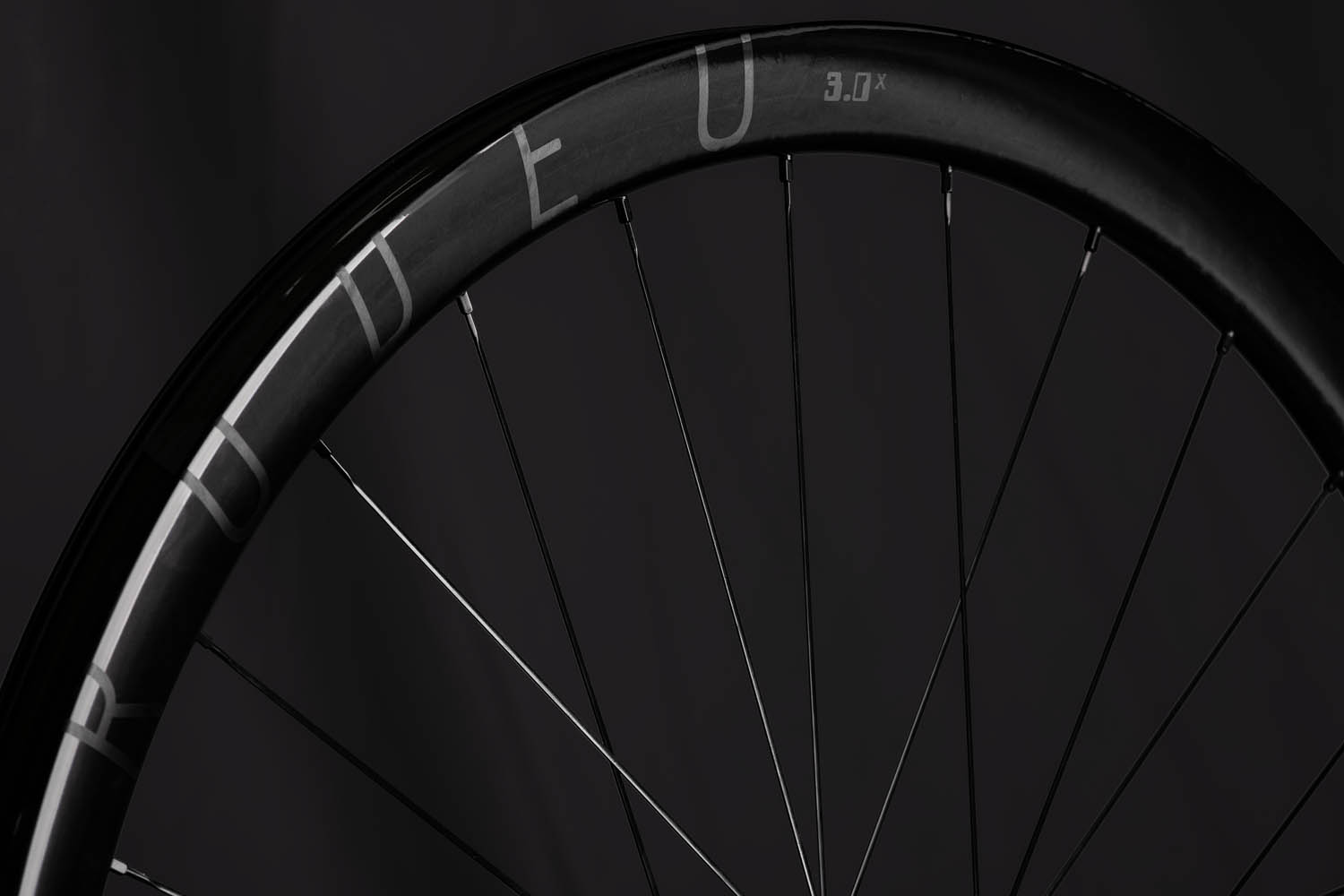
The answer to that came from Drew, who is now the lead product designer at Rodeo Labs. Drew spends a lot of time staying up to date with how standards and norms are shifting over time, and I think he was itching to bring our rims up to a spec that felt modern and performed well at both the faster end of gravel and with the ever increasing tire sizes that we keep pushing into. Manufacturing technologies have come a long way since we first released the 2.0 rims, and Drew rightly assumed that we could improve weights and strength on the materials and manufacturing side if we were to cook up something new. Drew’s instincts about product and design tend to be well formed and are often ahead of mine. Most of the major improvements to TD4 over TD3 were Drew’s brainchildren. He was the one who had the high level vision for a more modern Donkey, and if you’ve ridden the new bike, you know that Drew’s instincts were right.
After enough nagging about a new rim design on Drew’s part, I finally caved and semi-dispassionately said “go for it”.
Drew’s goals for the 3.0 rims were as follows:
- He wanted a wider internal rim bed. As tires get bigger, they benefit from a wider “platform” to be mounted to. This platform is the rim bed. As a rim bed gets wider, a tire becomes more stable and resistant to deforming or collapsing under cornering loads. Drew would remind me of this from time to time, and I would always respond “yes but I don’t feel my huge tires deforming or flopping on our 2.0 rims”. Or did I feel and I just didn’t know it?
- Drew wanted our new rim to be deeper. A deeper rim, when designed correctly, offers aerodynamic advantages over a more shallow rim. Our 2.0 rim is 28mm deep, and Drew wanted to shoot more in the 38mm range. The faster you ride or race, the more a deeper rim’s advantages will make a real world difference. If you are bikepacking at 8mph, aero doesn’t really matter, but if you’re riding non-stop for 100 or even 300 miles, every bit of saved energy adds up, and it is worth conserving where you can! From what I’ve read, aero benefits start to really kick in more noticeably above about 20mph, but if you are in motion and air is flowing across your wheels, the benefits of a more aerodynamic rim are always greater than zero.
- Our new rim had to be at least as strong as our 2.0 rim. Again, our 2.0 rim is just so reliable, I could not stand the thought of releasing something flashier but ultimately weaker, or something that would cause less rider satisfaction. 3.0 had to at least match the 2.0 rim for strength, and ideally would exceed it – as measured in a testing lab and in the real world.
- Did the new rim need to be lighter? Yes and no. With better materials and manufacturing it was easy to assume that we would design a lighter rim, but a target weight was not stated as an initial design goal of the 3.0 rim. With the rim profile getting deeper and the volume of a new rim increasing, it actually made sense that the new rim could actually end up being heavier, all things being equal. What we decided to do from a product design standpoint was to first prioritize depth, width, and strength, and to later see where we landed on weight, hoping for the best.
The Design process
The first step in the design process was to draw up and review rim profile drawings conceptually, and to zero in on a cross section that met our specifications. Once determined, our manufacturing partner spent a number of months working on initial layups with varying weaves and types of carbon fiber. While we design and ideate our rims in house, we collaborate with out-of-house designers and engineers as well, and we don’t manufacture the rims here in Denver. We work with an external specialty rim manufacturer to execute our designs, and they bring to the table decades of experience in carbon rim design. While working on the layup and materials design of the new rim, we were able to review “state of the art” in wheel manufacturing, and discuss what technologies to put to use on our rim. With impact resistance being a top line requirement for our rims, we discussed and decided to incorporate spread tow carbon fiber layers into the design of our wheel. Our old rim is made of a sandwich of 3k weave and unidirectional carbon, and the new 3.0 rim would add spread tow to that sandwich in order to create a stronger, more impact resistant overall rim.
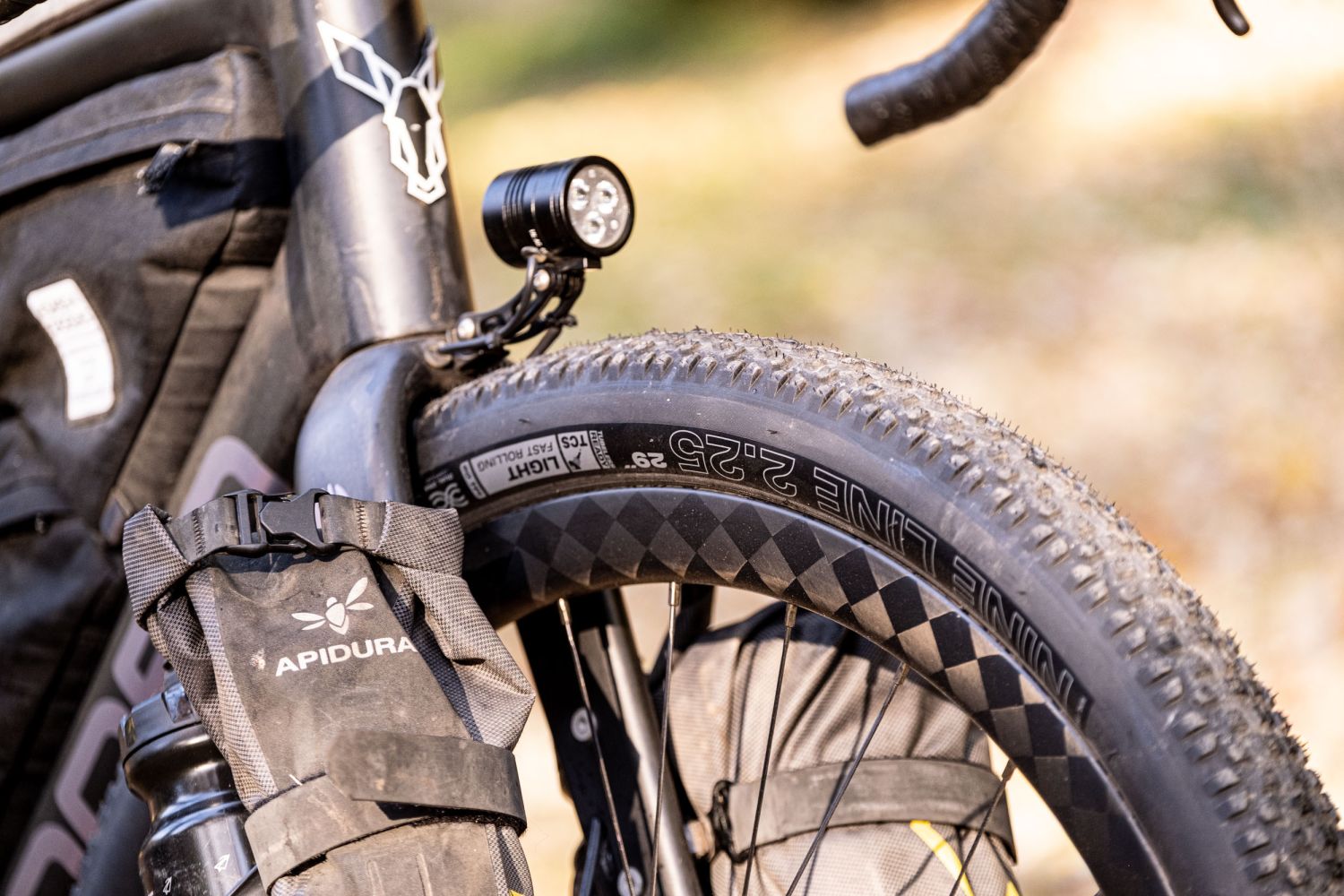
Our first prototype rims arrived in October 2022, and they were beautiful and distinctive. Spread tow carbon fiber has a very distinct checkerboard appearance, and by using it as the outer layer of the rim we created something that really stood out visually. The rim weight on the prototype rims was 380g, which was about 45g lighter than our 2.0 700c rim. That was wonderfully light, but was it too light? Intuitively I thought so, and moreover I could flex the rim walls with my thumbs, which led me to intuitively fear of fragility. We had a lot of discussions about whether or not we wanted to push the boundaries on weight, or to “over build” the rims and try to create something with real strength redundancy. So, while we built up and started riding and racing the first 3.0 prototypes, we actually went back to our partner and asked them to make an overbuilt rim, not a “strong enough” rim. Interestingly, the first 3.0 rim prototype that we built up is far from being as strong as the layup that went into production, but even after being raced non-stop through 2023 at Mid South, Unbound, and Gravel Worlds and others, that first prototype rimset that I was sem-afraid-of has still never failed.
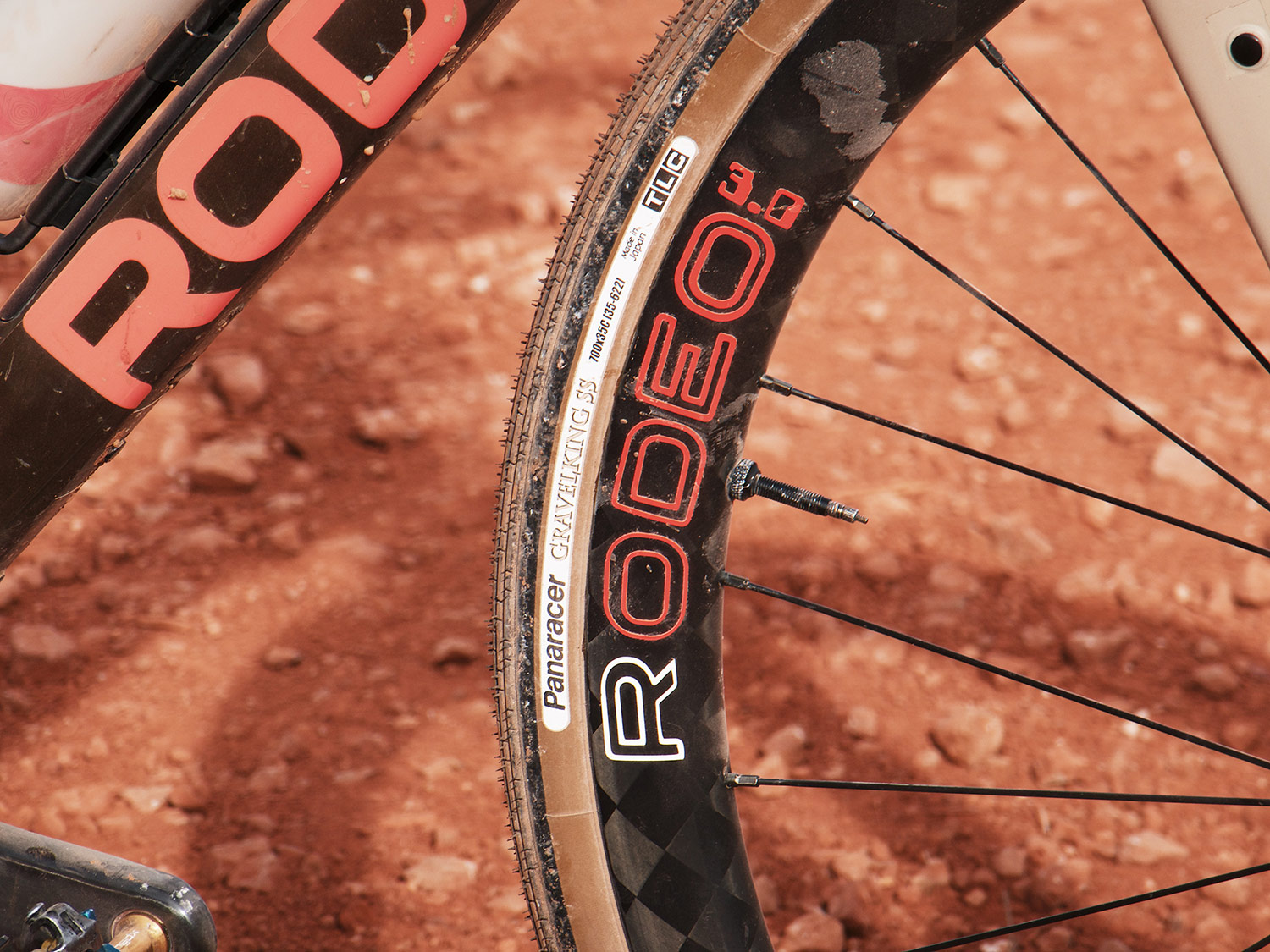
On future drafts of the rim the weights crept up and up and up as they got stronger and stronger, and we realized that we had over-cooked them a bit. We were sitting around 460g per rim, resulting in wheel weights in the 1600 and possibly even 1700g ranges. This wasn’t going to work at all, so we asked our manufacturing partner how we could reel in the weights a bit without losing strength. Enter: Innegra TexTreme fibers.
What is Innegra Textreme? Let’s throw up some bullet points!
- Innegra fiver is an olefin fiber, specifically made from polypropylene (a type of plastic)
- Innegra fiver possesses several advantageous properties related to improving carbon fiber bicycle wheels including
- – Toughness relative to weight and mass
- – Impact resistance. When combined with carbon fiber, innegra enhances impact resistance and damage tolerance.
- – Weight reductions of up to 20% compared to standard carbon construction at similar strengths.
The final benefit of Textreme that is worth mentioning, is that it “fails” differently than carbon. So if you do manage to crack a rim, there is a much higher likelihood with Textreme that you’ll be able to complete the ride or trip even on the damaged rim because damaged Textreme tends to hold together better than damaged carbon. It’s an extra bit of insurance on your future adventures.
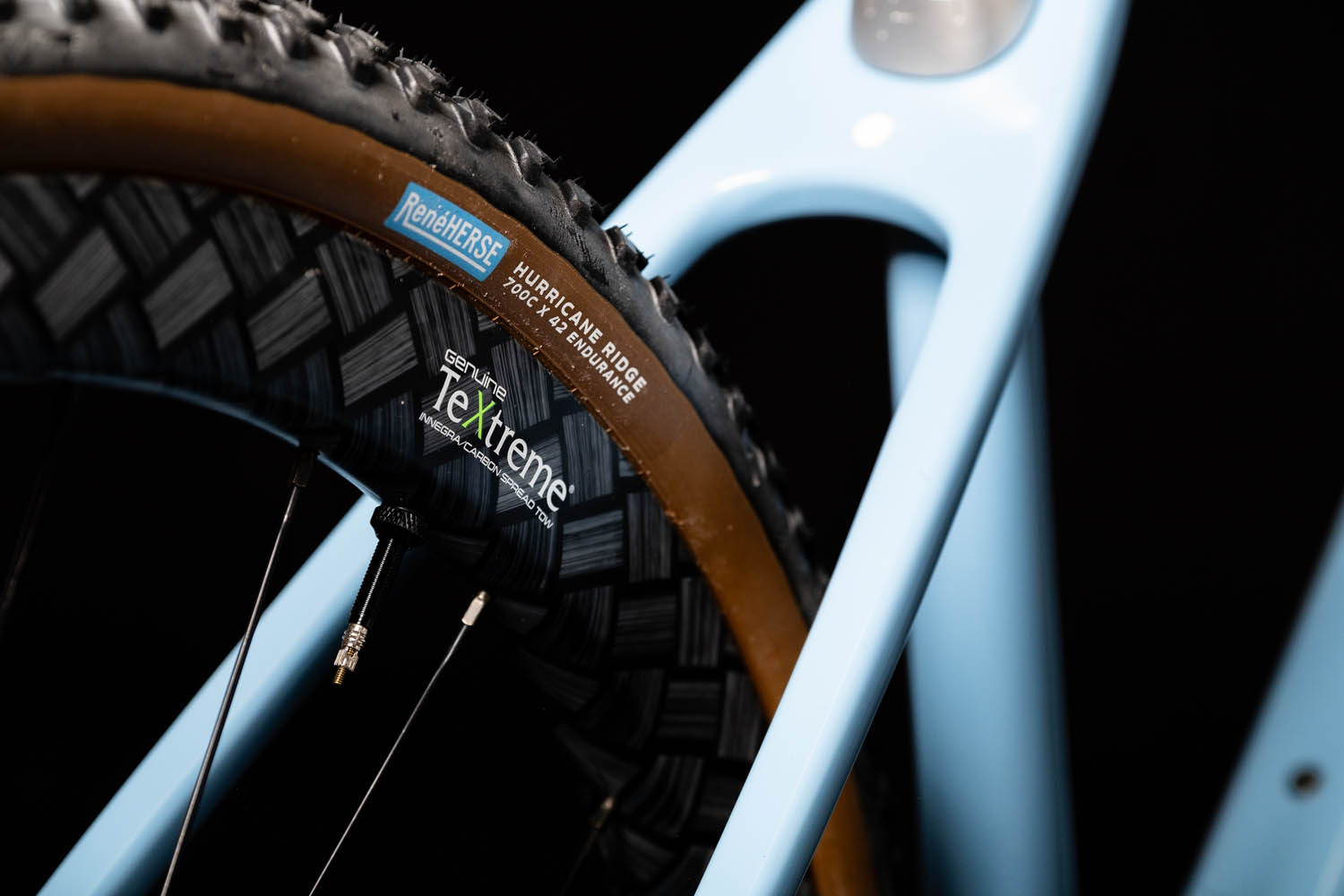
Initially we used the TexTreme layer on the outside of our rim, but the visual prominence of the weave was a bit overpowering and polarizing, so we instead moved it out of sight, deeper into the carbon fiber sandwich of the rim. Once integrated into the overall design of the rim, the TexTreme fiber was one (of a few) revisions that allowed us to both reduce the weight of the rim back down to about 380g, while also creating a rim that tests 70% stronger than our already strong 2.0 rim. That’s what I call a win-win!
The Visuals
Our 2.0 rims have always featured a debossed RODEO logotype set directly into the rim itself, which I very intently included in the rim design as “proof” that our then-very-young-company wasn’t simply slapping our decals on a generic rim and calling it our own. We took the same approach to our 2.0 and 3.0 Traildonkeys, pressing the name into the downtube, as many people assumed that an upstart cycling company would never invest the resources to develop a carbon bicycle frameset from scratch. I’ve always loved the debossed logo in our rims, and didn’t particularly want to let it go, but we’ve been around for over ten years now, and we have far less to prove in terms of our legitimacy, so we decided to forego the debossing in favor of a less complicated tooling process and a rim design entirely guided by function instead of also factoring in aesthetics
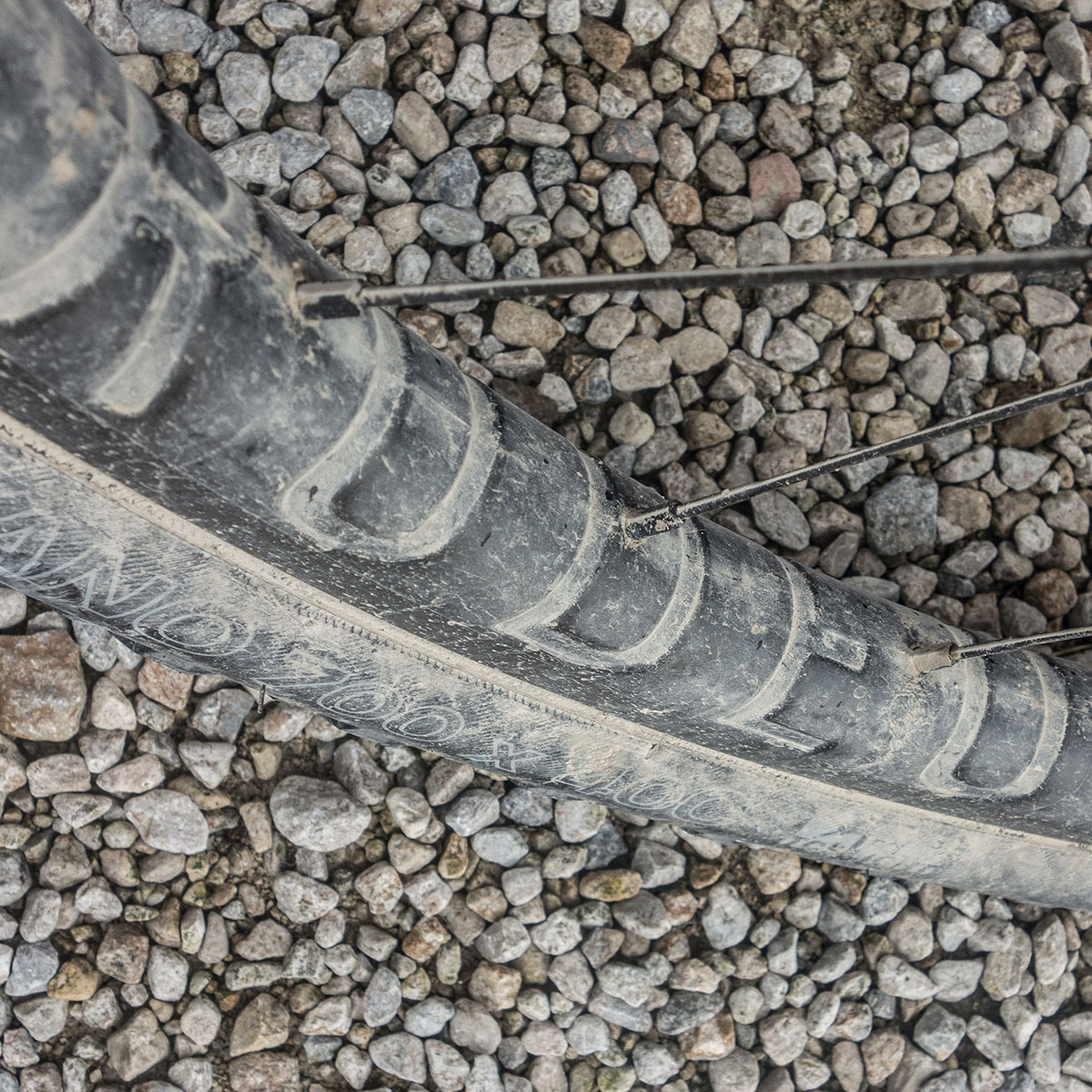
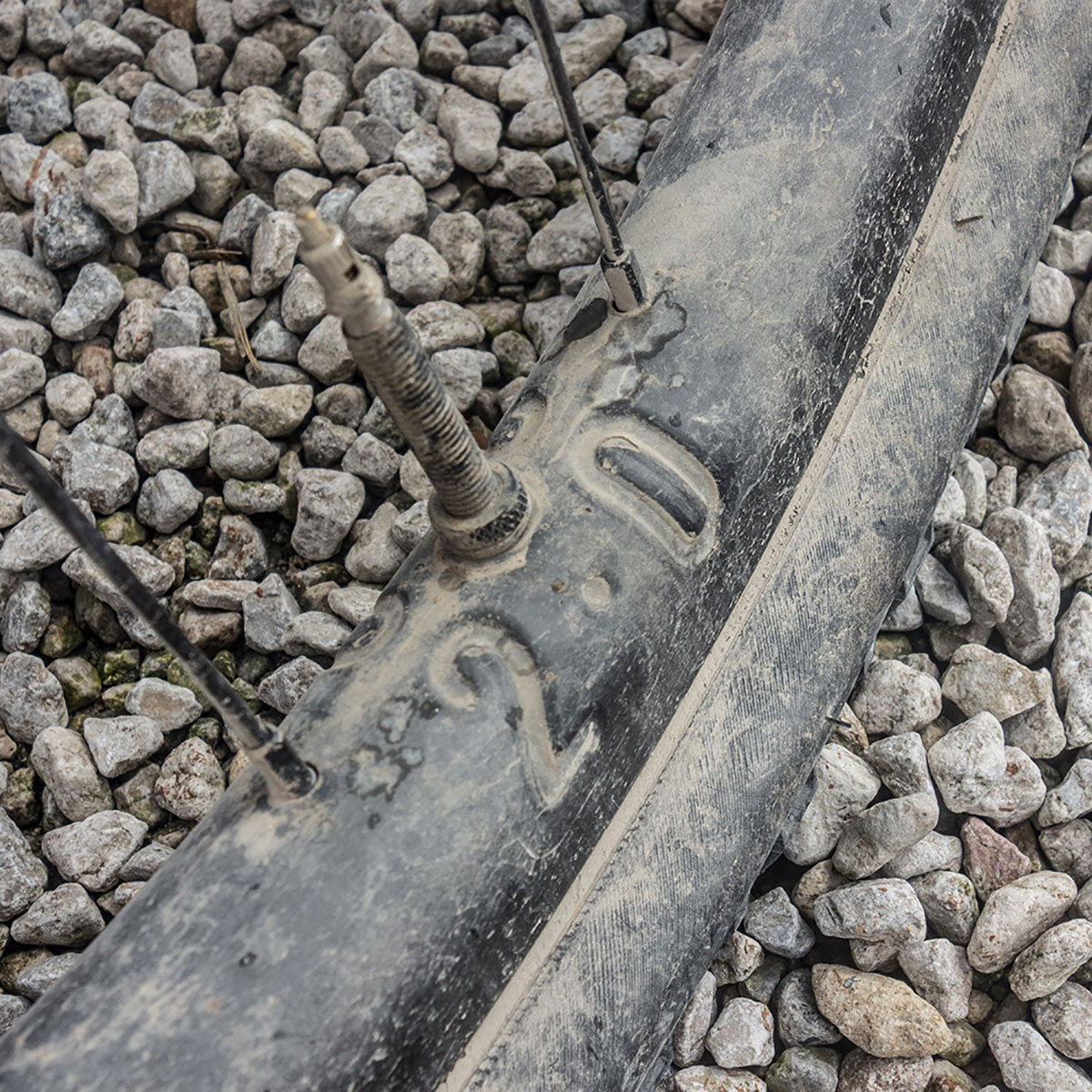
But once the rim design was complete and it was finally time to talk aesthetics, I arrived at a similar point with our new rim that I had with the previous rim: I didn’t want to dress it up with flashy decals and marketing acronyms. The new rim needed to make a greater statement of maturity, it needed to whisper, not shout. With that in mind we worked with our manufacturer to develop a beautiful and subtle graphic layout that uses no decals or paint, instead our graphics are subtly laser-etched into the thin clear finish of the rim itself, adding no weight or complexity to their construction. The “X” in the 3.0X name comes from the TexTreme logo, and hints at the technology packed into the rim without being overbearing with logos. These rims will look great on any bike, and I think the finished product visuals speak to the quality at work out of sight and underneath the surface of the rim.
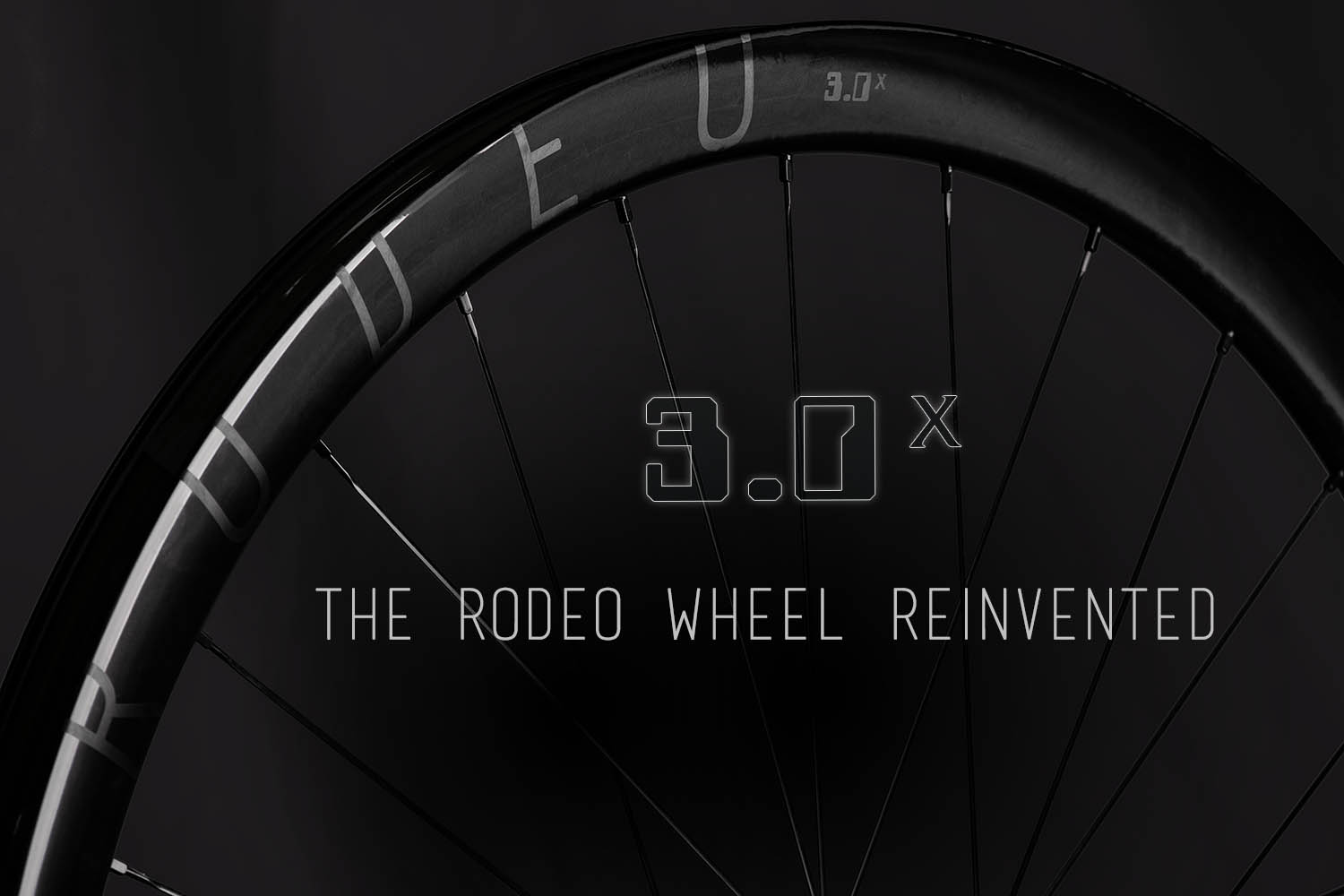
That’s all great, but how is the ride?
Apologies for rambling on and on! If you’ve read this far you are probably in the mood to get to the chase which, in the case of wheels, would be the ride quality and feel. I was listening to a podcast with Jonathan Kennedy of Frameworks Bikes not long ago, and as an engineer, he was describing how difficult it is to quantify ride feel and compliance to his customers. People always ask “How does it feel? Is it stiff? Compliant?”. But what are we really asking when we ask that question? What do we measure those sensations with? Are we measuring them at all? In an absolute sense, no, we aren’t measuring anything. Ride feel couldn’t possibly be more subjective. I once had Bicycle Quarterly rate our Spork 1.2 as jarring, compared to a curved steel fork. More recently Bike Gear Database said that Spork 3 was a nice way to soften up the ride of a Surly compared to the standard steel fork. Spork 3 is stiffer than Spork 1.2. How could these two reviews live in the same universe?
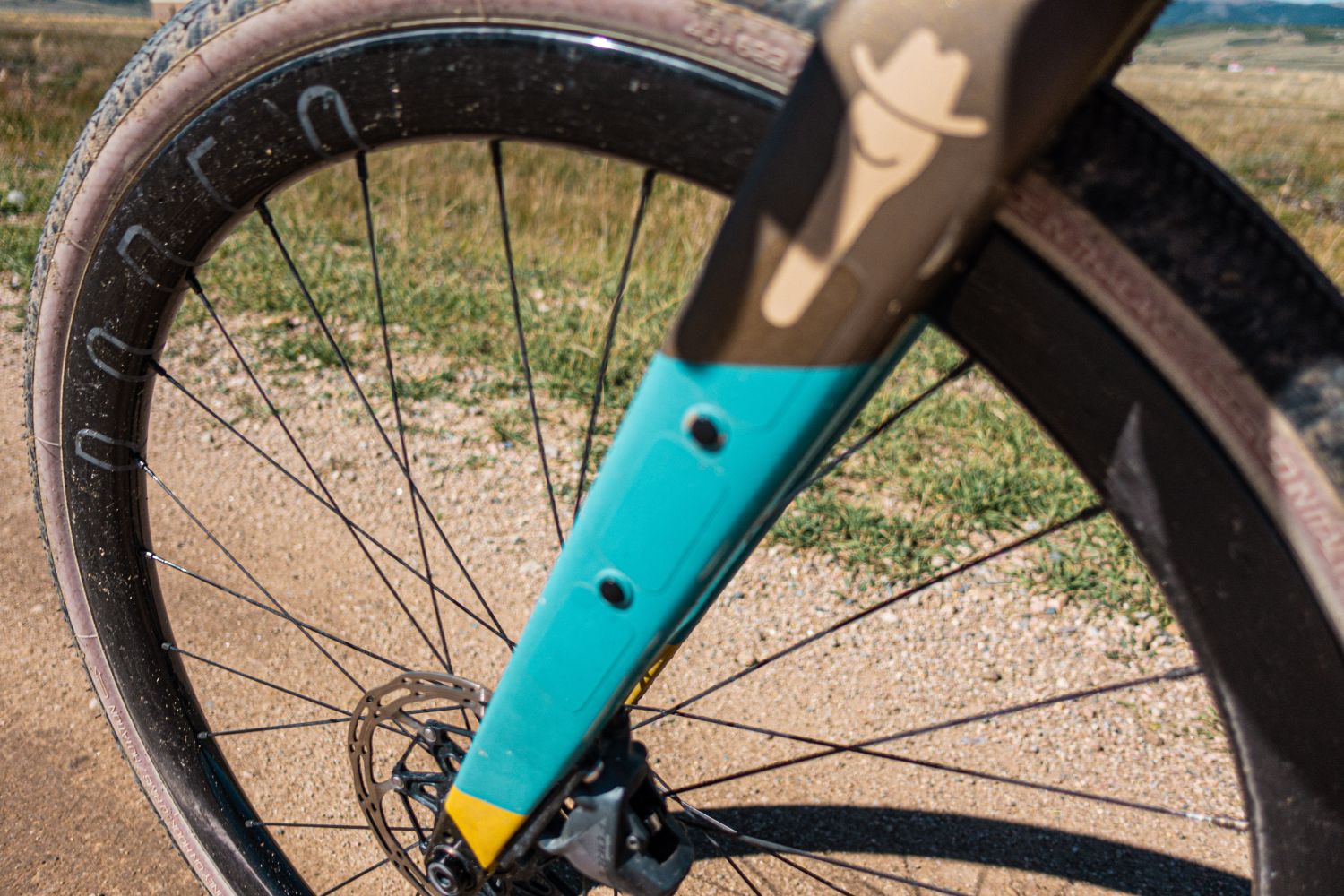
I remember when I bought my first pair of Zipp 303 tubular wheels long ago. I was SO excited to get them, and when I did, I went out for a ride and immediately PR’ed a 40 minute climb on them. Long after that day, once the endorphins of the newness of the wheels had worn off, I wondered to myself, had the wheels really made me faster, or was my excitement about having new wheels such that I simply willed myself up that mountain on the expectation that new wheels should make me faster? So often as cyclists we aren’t able to ride as much as we like, so we participate in the sport through consumption, and we validate our consumption by both convincing ourselves and bragging to others just how much better our new parts or bike are. Objectivity is nowhere in the conversation. We must validate every new thing that exists or face that dark truth that we buy a lot of useless s*** as a form of recreation.
Do our new wheels feel better than the old wheels?
- Yes: I’ve discussed this a bunch with Drew, and he has a lot of miles on the new wheels. Drew is much taller than me, and therefore a heavier rider. Drew specifically calls out how he can feel a tire get squeamish on the 2.0 rim in hard cornering, but on the new rim things feel much more stable and confidence inspiring. I tend to believe Drew because he is a far better bike handler than me, and I think that makes him more in tune with cornering feel than I am. I tend to corner conservatively, and truthfully never get near the limits of physics when driving my bike through the twisties. So while our narrower 2.0 rim never bothered me in corners, and I can’t really note any differences on the 3.0 in that regard, I think for those that care, the wider rim of the 3.0 is going to feel better – which is the entire reason we bothered to make it wider at all.
- Yes: Where I feel like there is no dispute in wheels is the fact that a lighter wheelset spins up faster than a heavier one, and feels more nimble because of it. We shaved 80g of rotating mass off of a wheelset with the 3.0 rims alone, but by also making the rim stronger, we’ve felt comfortable riding 24 spoke builds across all conditions as well. Our 24 spoke hubs are significantly lighter than our 28 spoke hubs, and fewer spokes and nipples also contribute to a roughly 200-300g lighter weight on the 3.0 wheelset compared to various specs of the 2.0 wheelset. That amount of rotating weight is absolutely worth talking about, and it is something that you can feel and experience when out riding. I do! That said, if you aren’t really riding with speed and performance in mind, none of this matters much, and I wouldn’t say that the newer wheels represent a better riding experience than the older ones.
- There are two factors that jump out to me the most when going back and forth between the old and new rims. The first is the Berd spokes that we’re now offering. Berd spokes are basically a synthetic rope spoke instead of a metal stick spoke. When you hold them in your hand they feel incredibly unimpressive and are not confidence inspiring, but don’t let that fool you, these little ropes pack a punch! The cost of entry is high because on top of the high cost per spoke, the build labor is 2-5x more intense because of the more tedious assembly and the repeated post-build re-tensioning before completion. But once built, these spokes genuinely do create the best feeling wheel that I’ve ever ridden for two reasons. The first is that they reduce wheel weight by 100g, which makes them feel fast, but they also have a very subtle suspension quality to them. The best way that I can describe it is something akin to the springiness that a titanium frame has compared to a carbon frame. The 3.0 wheels with Berd spokes don’t feel flexy or unsure, but they do feel more compliant, forgiving, and alive. I’ve repeatedly been riding them on my TD4, which is our stiffest bike, and have remarked to myself that “this bike isn’t supposed to feel this comfortable”. I’ve even stopped to check tire pressure. Once I determined that the spokes were really the differentiating factor by switching back and forth between Berd and CX-Ray spoke wheels, I finally allowed myself to buy in and be amazed. The Berd spoke 3.0 wheels are definitely the wheels I now reach for the most. I raced them both at Rock Cobbler and Mid South with great success, and I’ll be taking them next to the 350 mile Traka Adventure in two weeks. I have full confidence in their durability, and I think the compliance and weight advantages that they afford will be meaningful in a race as long as Traka.
- The second factor that I think contributes the most to wheel feel isn’t even the wheels themselves, it is the tires that you mount on the rims. I continue to be genuinely astonished at how a simple change of tires can so deeply change the ride feel and speed of an entire bicycle. In that sense, before you go and drop $1500 or more on a set of wheels, do yourself a favor and first splurge in a lovely set of tires that roll well. Currently I’m doing a lot of road riding on my TD4 and I’ve mounted up a sinfully vain set of Vittoria Corsa Evo 30mm slicks. These paper thin, ultralight, ultra fast tires are an absolute dream to ride, and transform my gravel bike into a road bike rocket ship in ways that I would never expect. On the dirt another similar comparison might be the difference between my reliable but slow-ish Gravel King tires compared to the sublime feel of the Challenge Getaway tire. Tire compounds, sizes, and pressures deeply affect the feel of a bike, and are far less expensive to experiment with and benefit from than a new set of wheels are.
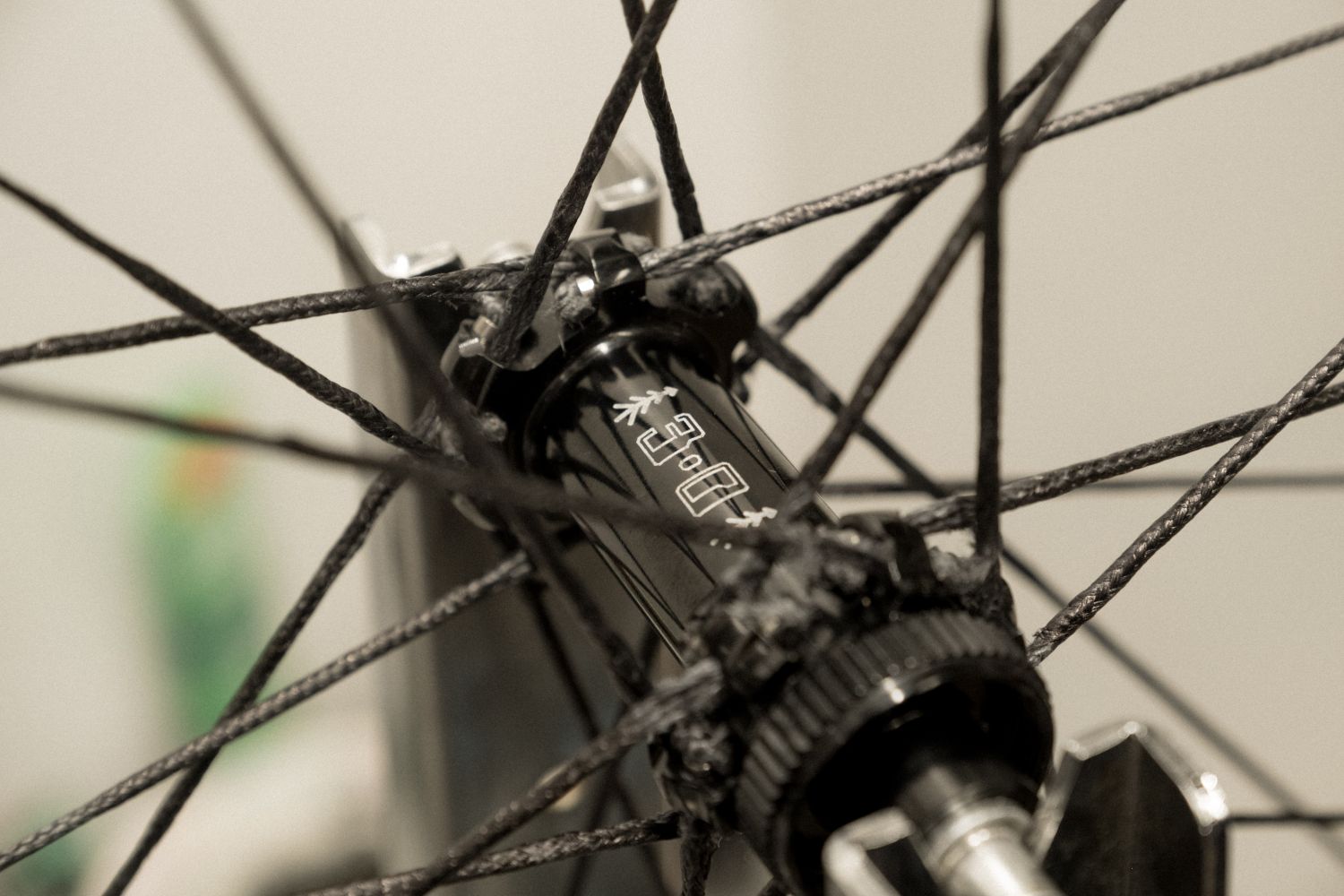
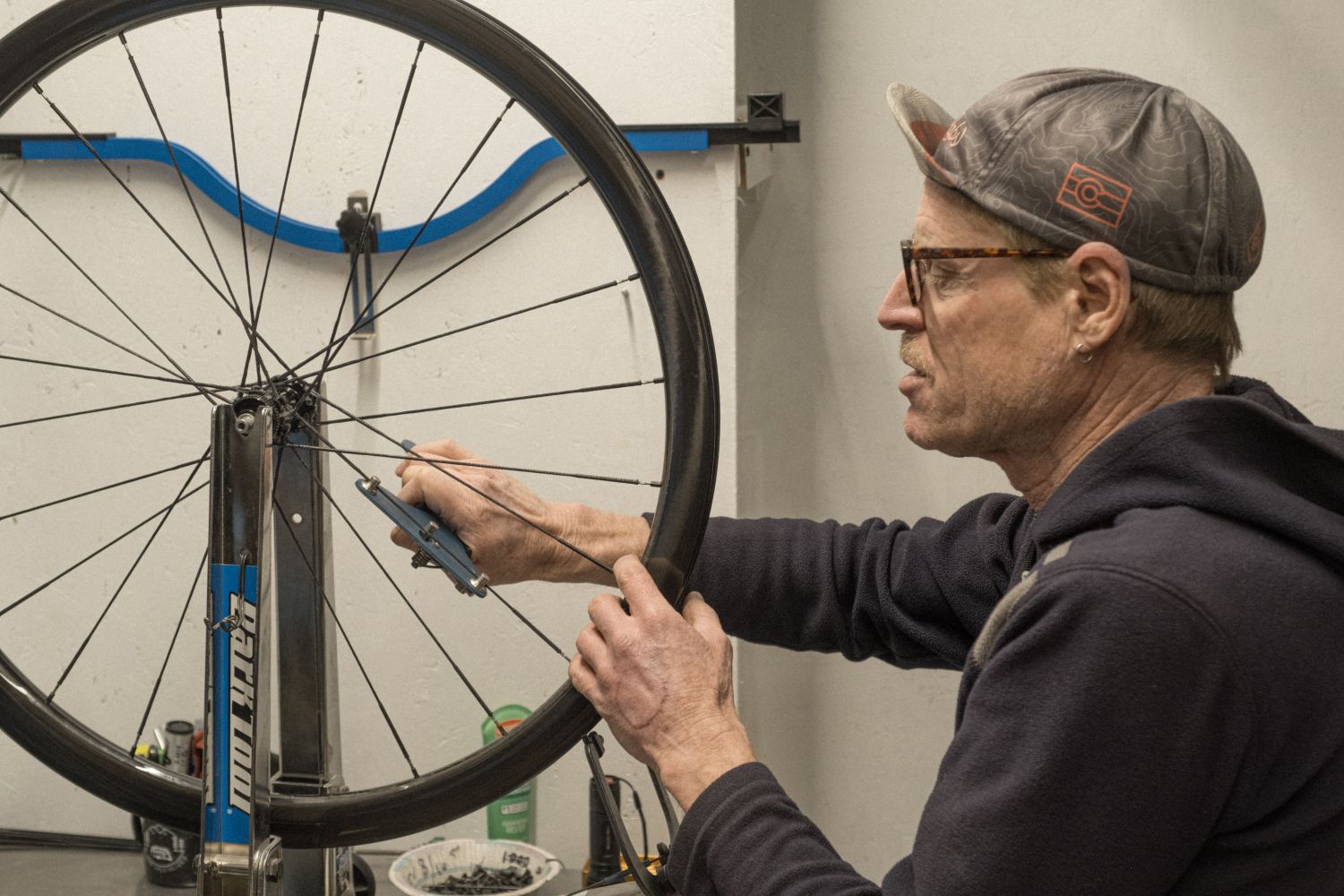
The Value Proposition
In many ways carbon rims and bike wheels have been absolutely commodified in the last decade. It used to be quite the special thing to be rolling on carbon hoops, and the price of entry was high across the board. A decade later things couldn’t look more different, there are a hundred times more people in the wheel game these days, each competing with claims of light weight, aerodynamics, strength, robust warranties, or simple low cost. For people in the market for wheels this really does afford near limitless options to pick up great wheels at a great price. The premium brands that are positioned by their rich heritage or simple jealously-inducing logos still protect their high pricing based on their unique positions in the marketplace. Mid-tier brands in terms of reputation compete with mid-tier pricing, wide arrays of rims, and that carefully balanced value proposition. At the bottom end of the market are the price-based brands that more or less don’t have robust reputations, but the wheels are so cheap and so light that for some people that is enough reason to roll the dice and hope for the best.
Where do we sit in that matrix? I think Rodeo wheels sit somewhere in the middle. We didn’t enter the wheel market in a bid to take over or claw a big market share for ourselves. Our original motivation was similar to our bikes: We feel that controlling the design and specifications of our rims we can offer great wheels at a lower cost to people who are adopting our bikes. 90% of the wheels that we sell are built up on most Rodeo Labs bikes that roll out the door, and that demand alone is enough to justify the development expense of our rims and wheelsets. For the third party buyer who is shopping for wheels for non-Rodeo bikes, or who is shopping for a 2nd or 3rd set of wheels for their bike, we strive to make a wheel that isn’t as hyped as many larger brands, but performs in the real world as well or better than the mainstream brands, without the mainstream premiums. I’m proud that we’ve upped the game of our 3.0X rim in every way, and gladly stand by the final design relative to other offerings on the market. They’re just a damn fine piece of cycling equipment through and through.
There are an infinite number of ways to configure wheels built around our rims, but for the sake of simplicity I’ll highlight three main build specs and offer a few thoughts about the value proposition. Keep in mind that anyone who owns a Rodeo bike is eligible for $300 off any wheelset configuration. Just email us for the coupon code.
- 28 hole, Pillar spokes, j-bend Rodeo 3.0 hubs. $1700 (or $1400 for Rodeo owners). This is the bread and butter spec of the lineup. At 1489g the set is light, but the 28 spokes and the 3.0 hubs are the most robust build spec of the lot. I raced Mid South on this spec last year (to a 2nd place in the singlespeed category). The speeds were high and the headwinds were higher. So, this is great as a gravel racing wheel, but I would also run this spec for something like Tour Divide were I to do it, because the hubset has proven very reliable under loaded testing over the last nearly three years. Previously I would have run 32 spokes for bikepacking on the 2.0 rims, but with the stronger new rim, I don’t see the need to do that, and because of that we don’t even offer a 32 spoke drilling of the 3.0 rim.
- 24 hole, CX-Ray spokes, straight pull Rodeo 3.0 hubs. $1700 ($1400 for Rodeo owners). This is the spec to run for the pure gravel racer or road rider who is looking for the aero benefits of bladed spokes combined with a 114g lighter weight than the 28h wheels. These are the fastest configuration that we offer for cutting through the wind. The straight pull hub has also been extensively tested over the years, and in the last six months was upgraded with a newer pawl design for even better engagement, but I would use this set primarily for road / gravel / cyclocross / racing, but not a bikepacking setup where the bike may end up weighing 70+ pounds and the rider another 200+. Save that duty for the 28h set.
- 24h, Berd spokes, straight pull Rodeo 3.0 hubs. $2200 ($1900 for Rodeo owners). Yes, this spec is pretty Gucci in terms of price, but actually comes in quite a bit lower than plenty of the established premium brands. In terms of spec, this is by far my favorite to run. I took these wheels to Rock Cobbler this year and between the compliant spokes and 50mm tires I felt like I was on a hover-bike. When I road ride with these wheels I can feel them take the edge off of seams in the concrete, which is also quite lovely. I doubt that these spokes are “aero”, but honestly I just don’t care that much. The featherly light 1275g wheel weight feels fast to spin up, and I’ll take that over whatever theoretical aero benefits that I might be giving up with “rope” spokes.
- Custom. The sky is the limit here. We list Onyx, DT, White, an i9 hubs as a part of our standard custom options, but we can build with any hub. Custom hub selections are a fair bit more expensive than our hubs, so the price goes up quickly over our standard options, but for those who know exactly which hub they want to ride, there is no substitute. Our $300 owners discount still applies to all custom builds.
Conclusion
With so little concrete data available for comparing wheels, and so many subjective terms being thrown around when quantifying “better”, I’m brought back to a simple question: What is important about rim and wheel design, and why make the 3.0 wheels at all? It all comes down to this: If you are going to put a product out into the world, does it represent the best product you are capable of making? As good as our 2.0 700c rim was, we did know, in the abstract, that we could improve the overall product in a number of ways by starting over from scratch. Now, with about 8,000 to 11,000 miles of personally riding on the various iterations of the new rim, I am convinced that we’ve achieved our goals for the product: Stronger, faster, more stable, more beautiful, and better feeling.
Interestingly, just as with our bikes, making something new and better didn’t obsolete what we’ve already done, and what people are already riding. If your 2.0 (or other brand) wheels are going strong, you don’t need new wheels. But if your current wheels are worn out, or have failed, or aren’t up to the specs that your riding now demands, then I think the Rodeo 3.0 wheels are absolutely worth your consideration. They are more than up to the challenge across the spectrum of modern road, gravel, bikepacking, cyclocross racing, and just cruising around.
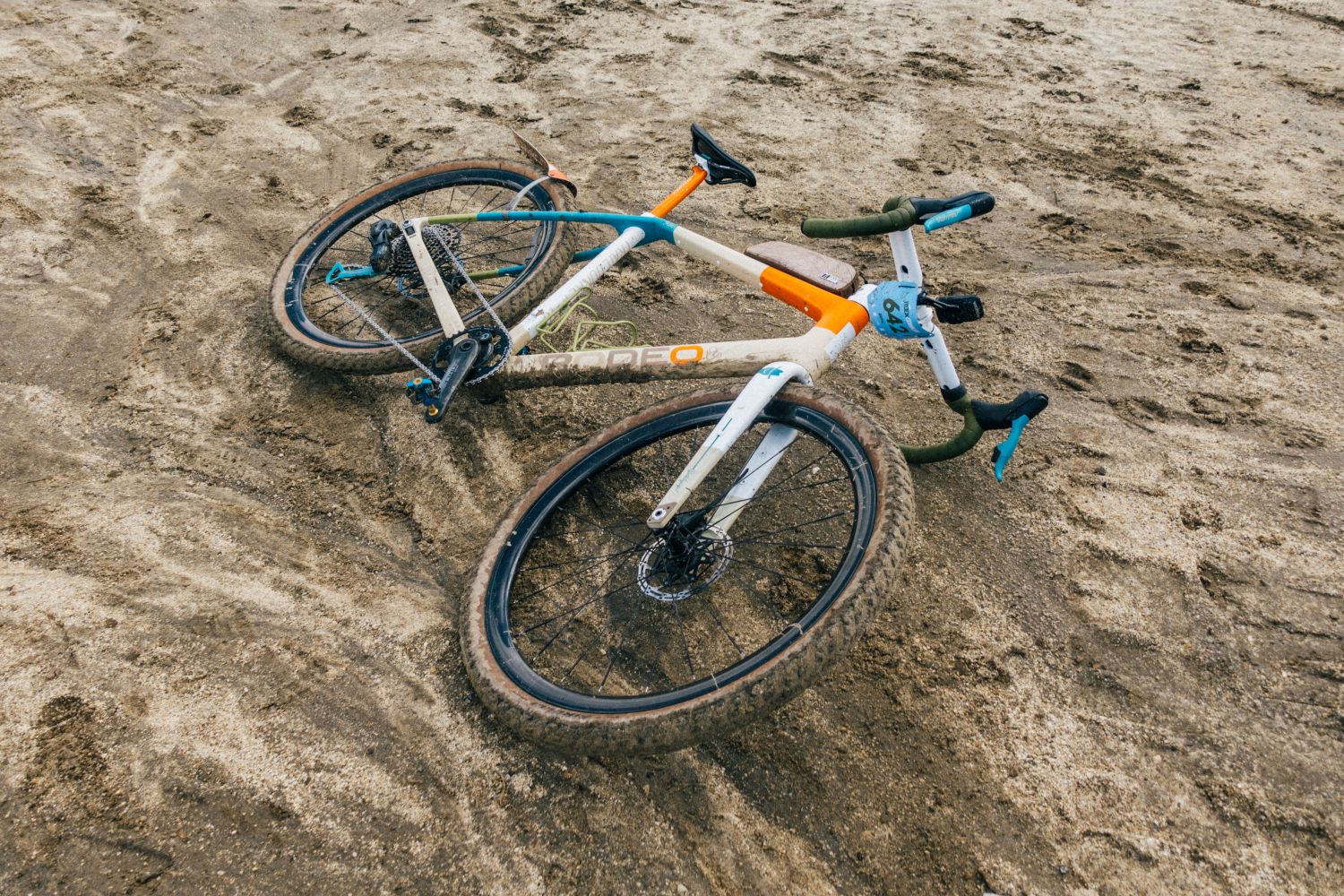
Final questions / thoughts
Will there be 650b 3.0 rim?
Not any time soon. Why? The 2.0 650b was designed two years after the 2.0 700c. It is already light (385g), incredibly strong, and wide enough for large modern tires. We could probably shave another 20-30g off of it if we made a 3.0 650b rim, and that isn’t nothing, but 650b isn’t as popular a rim size as it once was, and I just can’t justify the financial investment in a more niche rim size in this market when the gains aren’t hugely meaningful.
The 3.0 hubs
We use two entirely different hubs in our 3.0 wheels by default. The 28 spoke hubs have been in use for a couple of years now, and have proven to be exceedingly reliable. This is very important in the bikepacking end of the spectrum where the high bike + rider weights and huge torque loads on the hubs factor in. You just don’t want a hub to let go during a grand multi-day adventure, so we’ve chosen to use a hub that is weighted towards that goal. For our 24 spoke builds we use a much lighter hub with an improved ratcheting freehub design. That hub approaches the feathery weights of a DT240 while offering strength, durability, and build costs that are more in reach for more people. I would personally use the 24h hub for road riding, gravel riding, gravel racing, cyclocross, or shorter ultras and bikepacking events where the bike isn’t loaded up for an expedition. Both of our 3.0 hubsets use threadless endcaps now, so you can easily and without tools pop off the freehub body and axle for cleaning, servicing, or swapping on a different cassette or singlespeed cog.
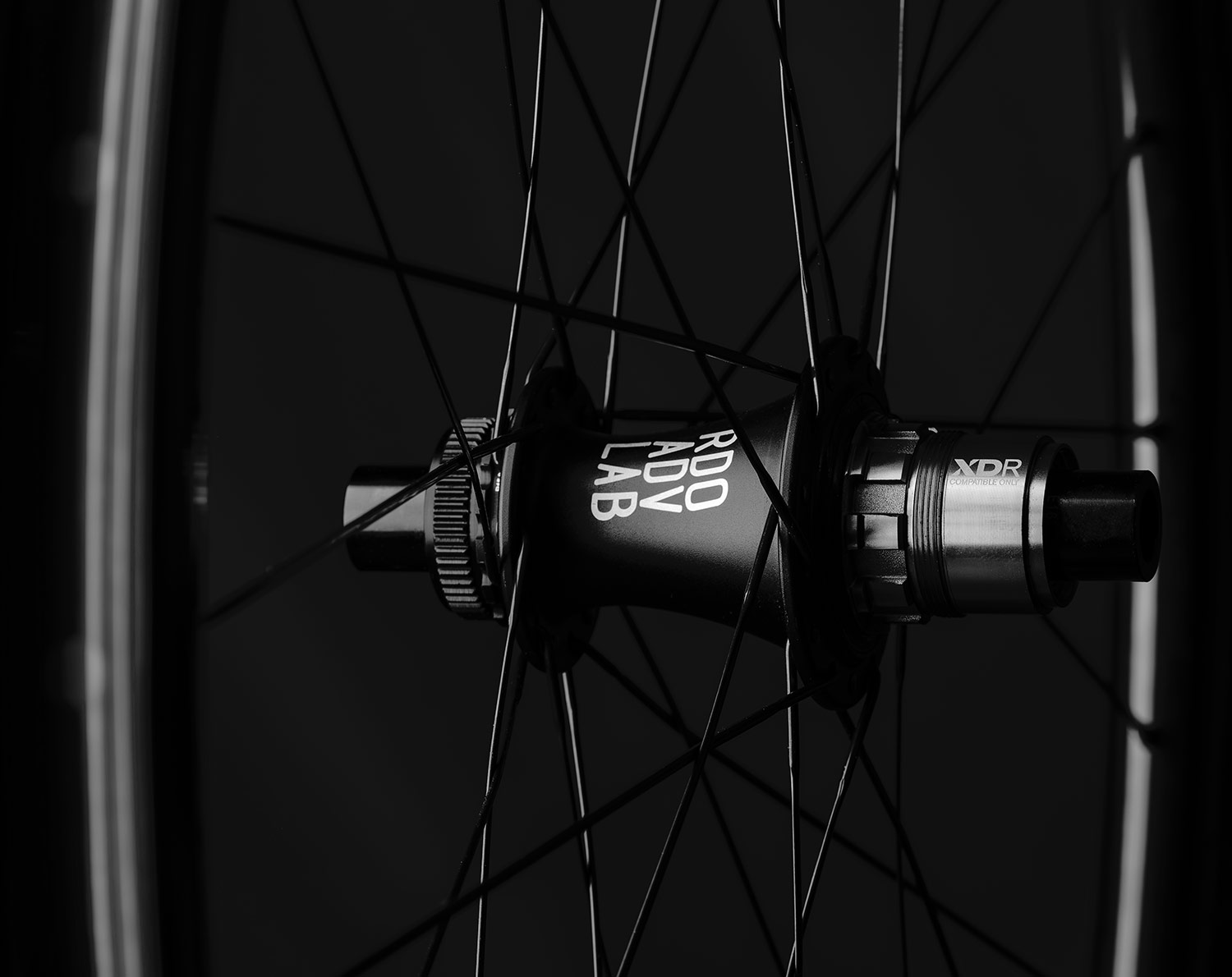
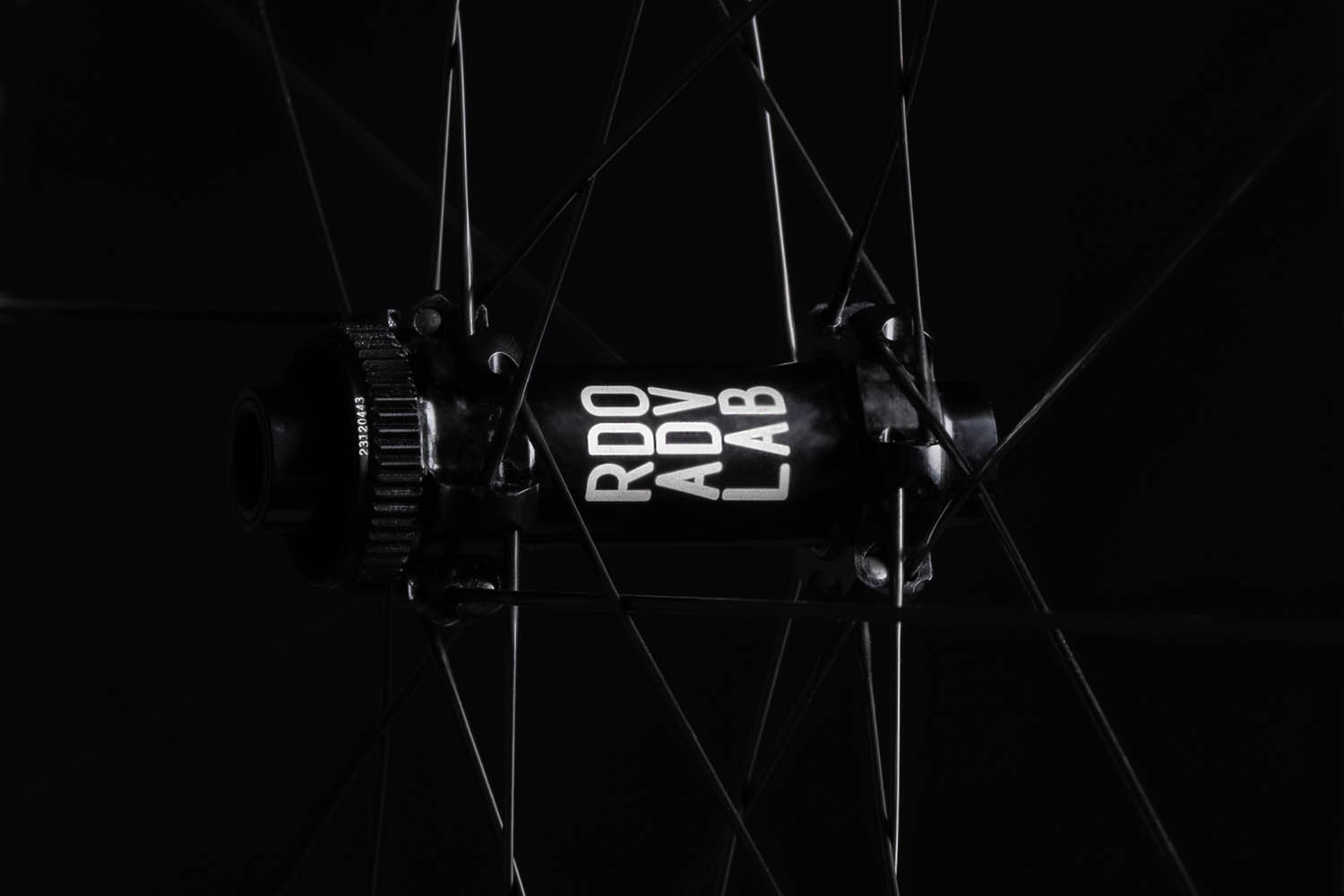
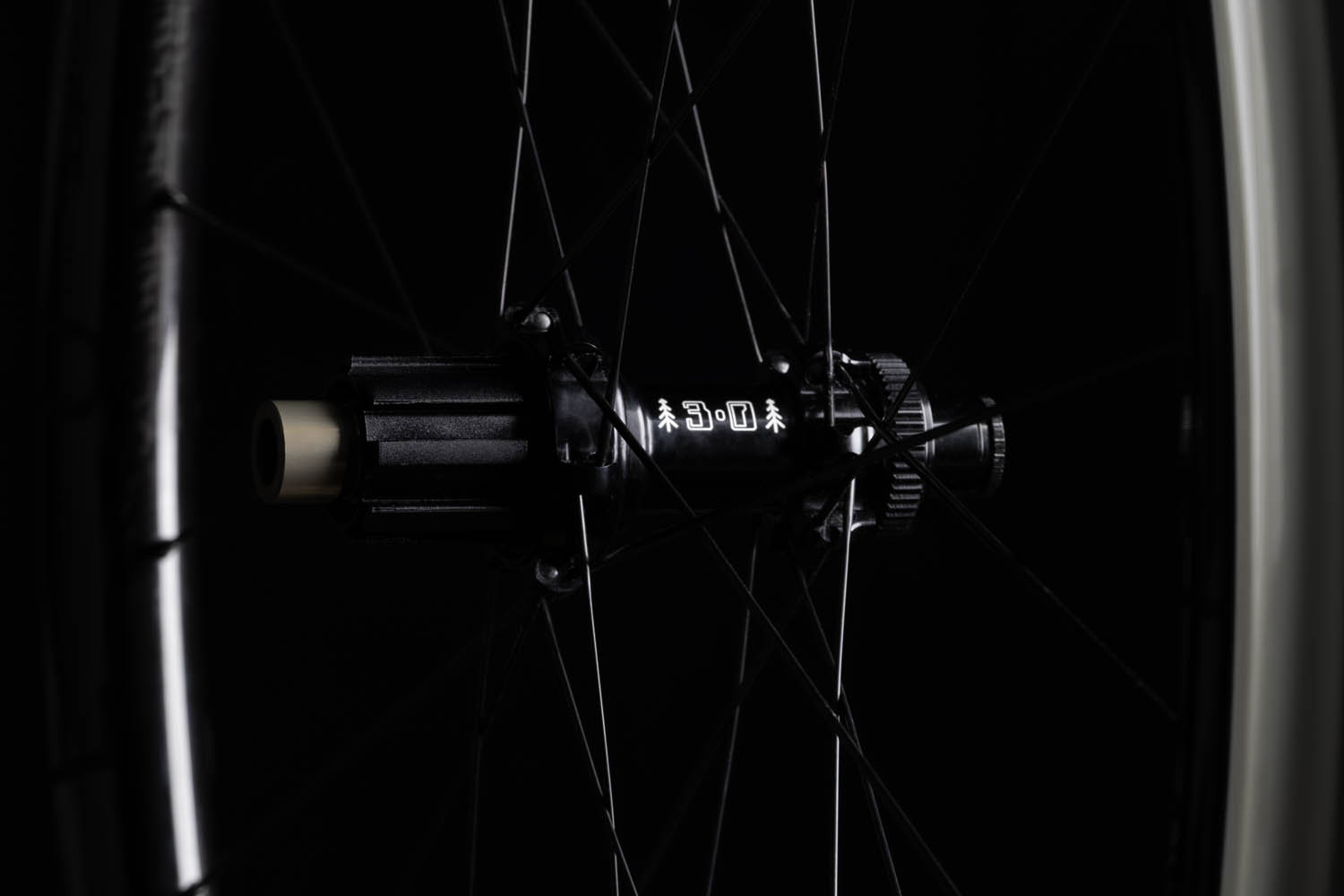
Custom build options
We strongly believe that you should be able to spec and ride your bike and wheels any way you like, so we offer our 3.0X rims as stand-alone items, and we also offer to build your wheels with any hub / spoke combo that we can get our hands on. We list a number of popular hub options on our website, but if you don’t see what you like there, we can quote a spec for you via email at bikes@rodeo-labs.com. You can also re-use hubs that you already own and love on a build by sending them to us and having us build them up for you. All of our custom wheel builds are done in-house here at our Colorado HQ.
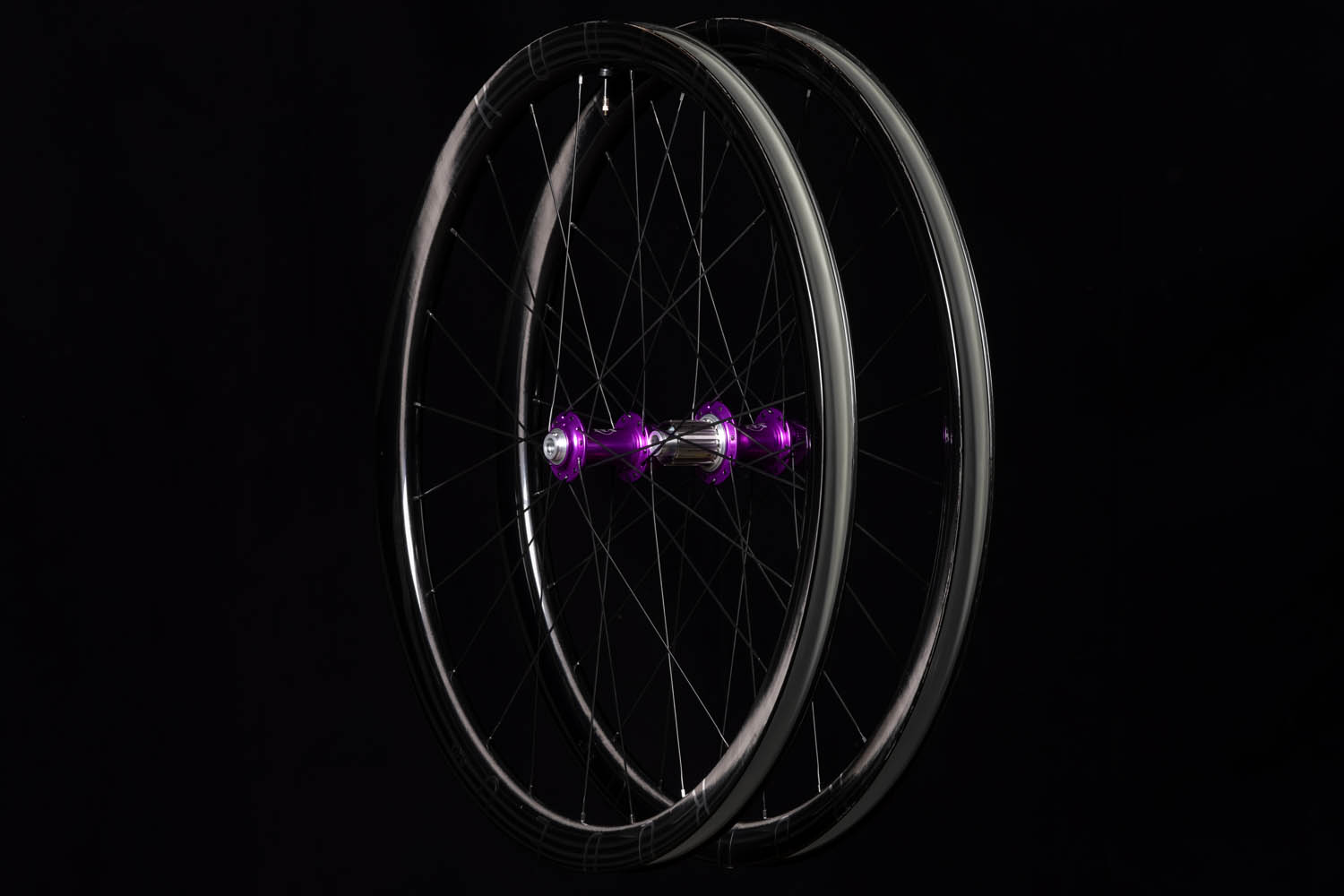
If there are any questions or thoughts you have about the new rims and wheels, feel free to drop a comment below, or email us at bikes@rodeo-labs.com

1 Comments
Honest. Insightful. Well-written as well. I am happy to have stumbled upon this news! I’ll be picking up a rear rim soon for my wheel build soon! The spec is spot on for gravel, road, and my favorite terrain…alleverythingland. Cheers!